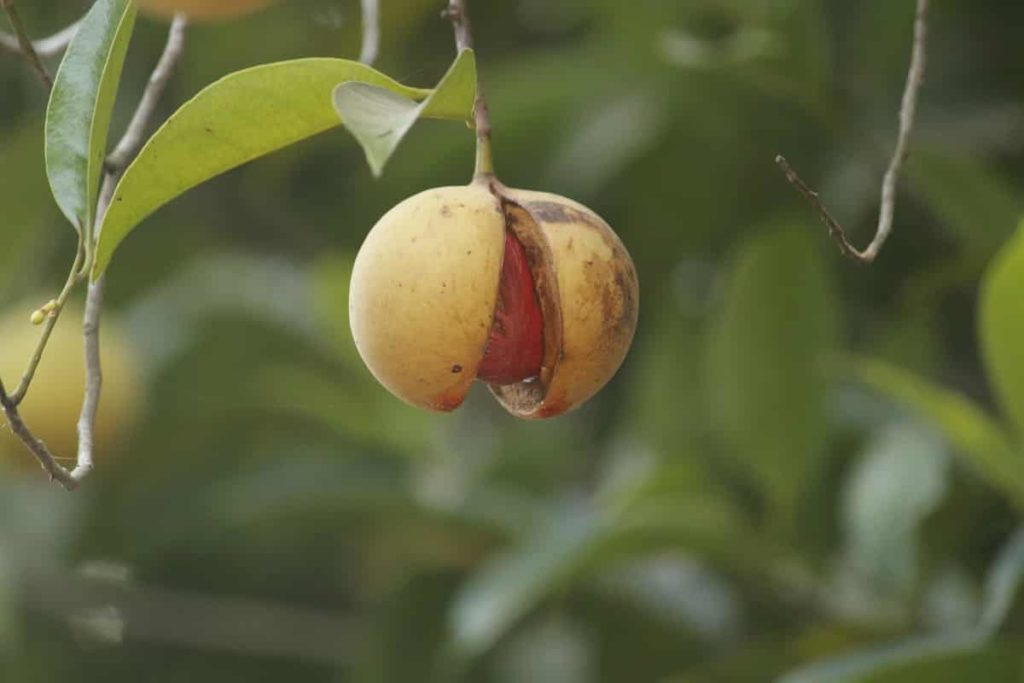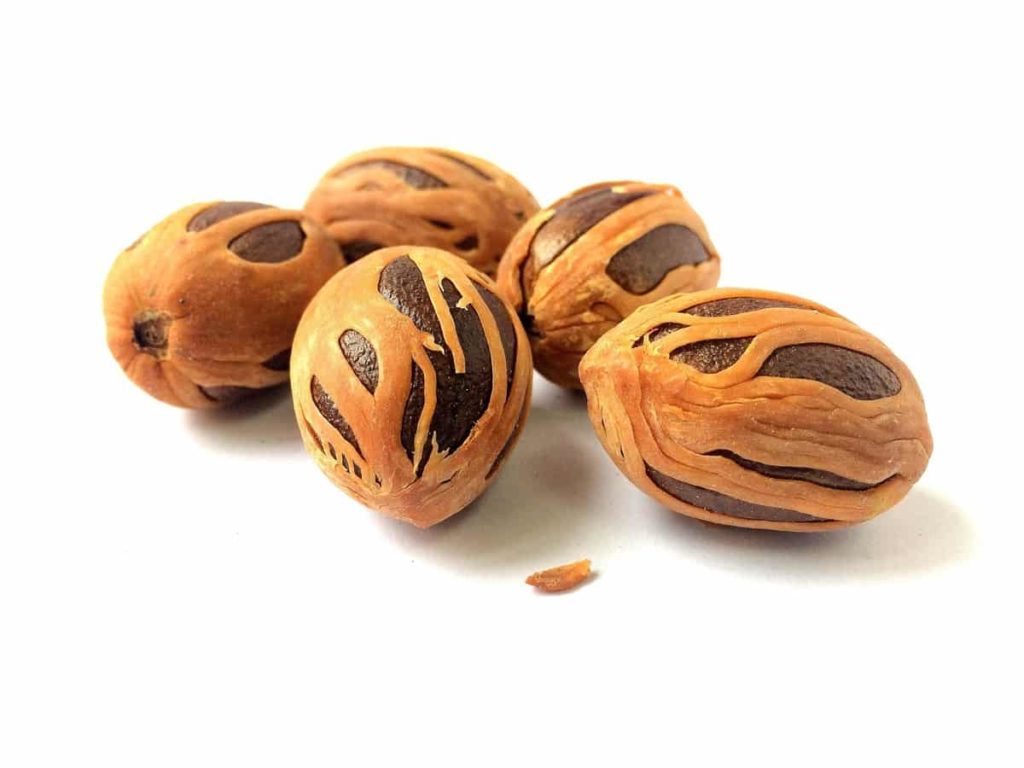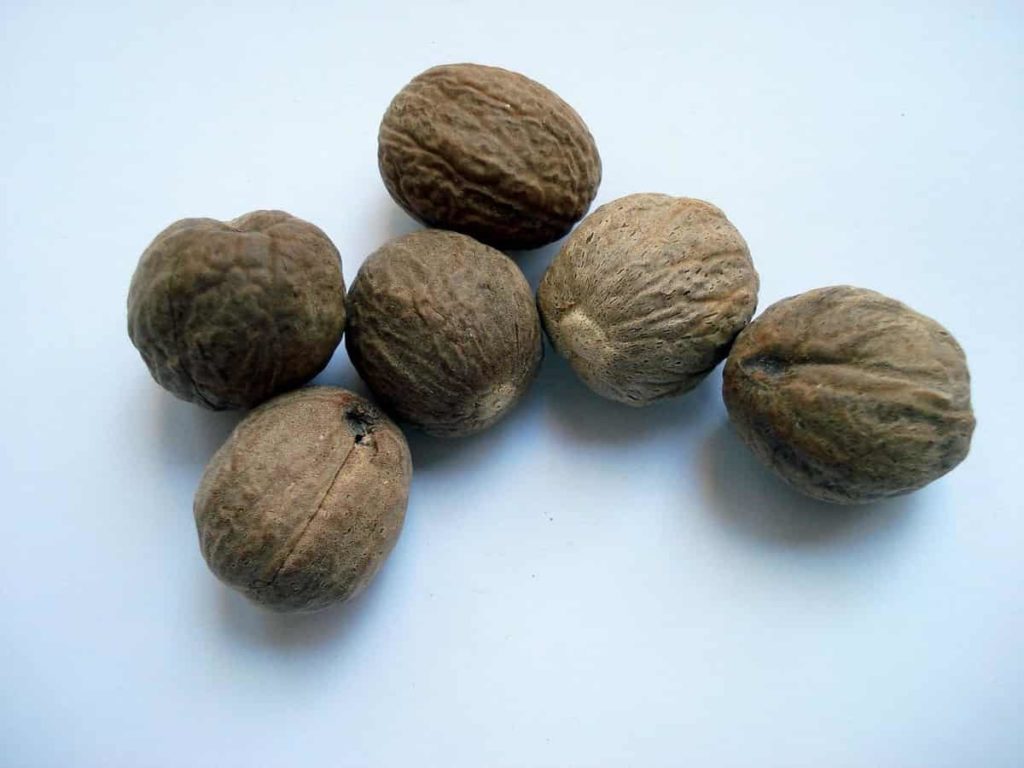Best Fertilizer for Nutmeg Trees: Organic, Compost, NPK, Management, How and When to Apply
Introduction
Nutmeg trees (Myristica fragrans) are renowned for their aromatic spices and lush foliage. To ensure their optimal growth and productivity, it is crucial to provide them with the best fertilizer. In this article, we will explore various types of fertilizers suitable for nutmeg trees, including organic options, compost, NPK formulas, as well as essential tips for their effective management. Furthermore, we will delve into the appropriate techniques of application and the ideal timing to maximize their benefits.
Organic Fertilizers for Nutmeg Trees
Organic fertilizers are an excellent choice for nutmeg trees as they offer sustainable and environmentally friendly solutions. These types of fertilizers are derived from natural sources, such as plant matter, animal waste, and minerals. Organic fertilizers not only provide essential nutrients but also improve soil structure and enhance its water-holding capacity. Some popular organic fertilizers suitable for nutmeg trees include:
1. Well-Decomposed Compost
Compost is a rich source of organic matter and nutrients. It enhances soil fertility, promotes microbial activity, and aids in moisture retention. When using compost as a fertilizer for nutmeg trees, ensure that it is well-decomposed to prevent any nitrogen depletion in the soil. Apply a layer of compost around the base of the tree, avoiding direct contact with the trunk.
2. Manure-Based Fertilizers
Manure-based fertilizers, such as cow or poultry manure, provide a balanced nutrient composition for nutmeg trees. They supply essential macronutrients like nitrogen (N), phosphorus (P), and potassium (K), along with trace elements required for healthy growth. Apply manure-based fertilizers in the early spring or fall, making sure to spread them evenly around the drip line of the tree.
NPK Fertilizers for Nutmeg Trees
NPK fertilizers contain a combination of three primary nutrients: nitrogen (N), phosphorus (P), and potassium (K). These fertilizers are available in various ratios, allowing gardeners to select the formulation that best suits the specific requirements of their nutmeg trees. Consider the following factors when choosing NPK fertilizers:
1. Nutrient Needs
Different growth stages of nutmeg trees demand varying nutrient ratios. During the vegetative phase, a higher nitrogen content promotes foliage growth, while higher phosphorus and potassium levels are beneficial during flowering and fruiting stages. Choose an NPK fertilizer with a composition tailored to the tree's specific growth stage.
2. Soil Testing
Conduct a soil test to determine the existing nutrient levels in the soil. This analysis helps in identifying any deficiencies or excesses, enabling you to select the appropriate NPK fertilizer. Soil testing ensures that the nutmeg trees receive the precise nutrients they require, preventing any imbalances that may hinder their development.
3. Controlled-Release Formulas
Consider using controlled-release NPK fertilizers for nutmeg trees. These formulas release nutrients gradually over an extended period, providing a steady supply to the trees. Controlled-release fertilizers minimize the risk of nutrient leaching and reduce the frequency of applications, making them convenient and efficient for long-term tree management.
Effective Management of Nutmeg Tree Fertilization
To ensure optimal growth and yield, effective management practices are crucial when fertilizing nutmeg trees. Here are some essential tips to consider:
1. Proper Application Techniques
Apply fertilizers evenly around the root zone, avoiding direct contact with the tree's trunk. Rake the soil lightly after application to incorporate the fertilizer into the top layer. Water the area thoroughly to promote nutrient absorption and prevent potential root burn.
2. Adequate Watering
Maintain proper soil moisture levels throughout the growing season. Nutmeg trees prefer consistently moist soil but are susceptible to waterlogging. Water deeply and infrequently to encourage deep root growth and prevent shallow rooting, which can make the tree more susceptible to drought stress.
3. Mulching
Apply a layer of organic mulch around the base of the tree to conserve soil moisture, regulate soil temperature, and suppress weed growth. Mulching also enriches the soil as it breaks down over time, providing additional nutrients to the nutmeg tree.
How and When to Apply Fertilizer to Nutmeg Trees
The timing and frequency of fertilizer application play a vital role in maximizing its effectiveness. Consider the following guidelines when applying fertilizer to nutmeg trees:
1. Timing
Apply fertilizers to nutmeg trees in early spring, just before new growth emerges. This timing allows the trees to utilize the nutrients efficiently during their active growth period. Avoid fertilizing in late summer or fall, as it may stimulate late-season growth that could be vulnerable to winter damage.
2. Regular Monitoring
Regularly monitor the growth and health of your nutmeg trees to assess their nutrient requirements. Visual cues, such as stunted growth, yellowing leaves, or decreased fruit production, may indicate nutrient deficiencies. Adjust the fertilizer application accordingly to address any deficiencies and maintain the trees' vigor.
3. Avoid Over-Fertilization
Excessive fertilizer application can lead to nutrient imbalances and may even harm the nutmeg trees. Follow the recommended dosage instructions provided by the fertilizer manufacturer and avoid applying more than the recommended amount. Over-fertilization can result in environmental pollution and adversely affect the overall health of the trees.
Conclusion
Selecting the best fertilizer for nutmeg trees is crucial for their growth, productivity, and overall health. Organic options, such as well-decomposed compost and manure-based fertilizers, offer sustainable solutions that improve soil fertility and structure. NPK fertilizers with the appropriate nutrient ratios cater to the specific growth stages of the trees. By following effective management practices and considering proper application techniques, adequate watering, and timely fertilization, you can provide your nutmeg trees with the optimal conditions for their success. Remember to monitor their growth and adjust the fertilization regimen accordingly to ensure their long-term vitality and bountiful harvests.



